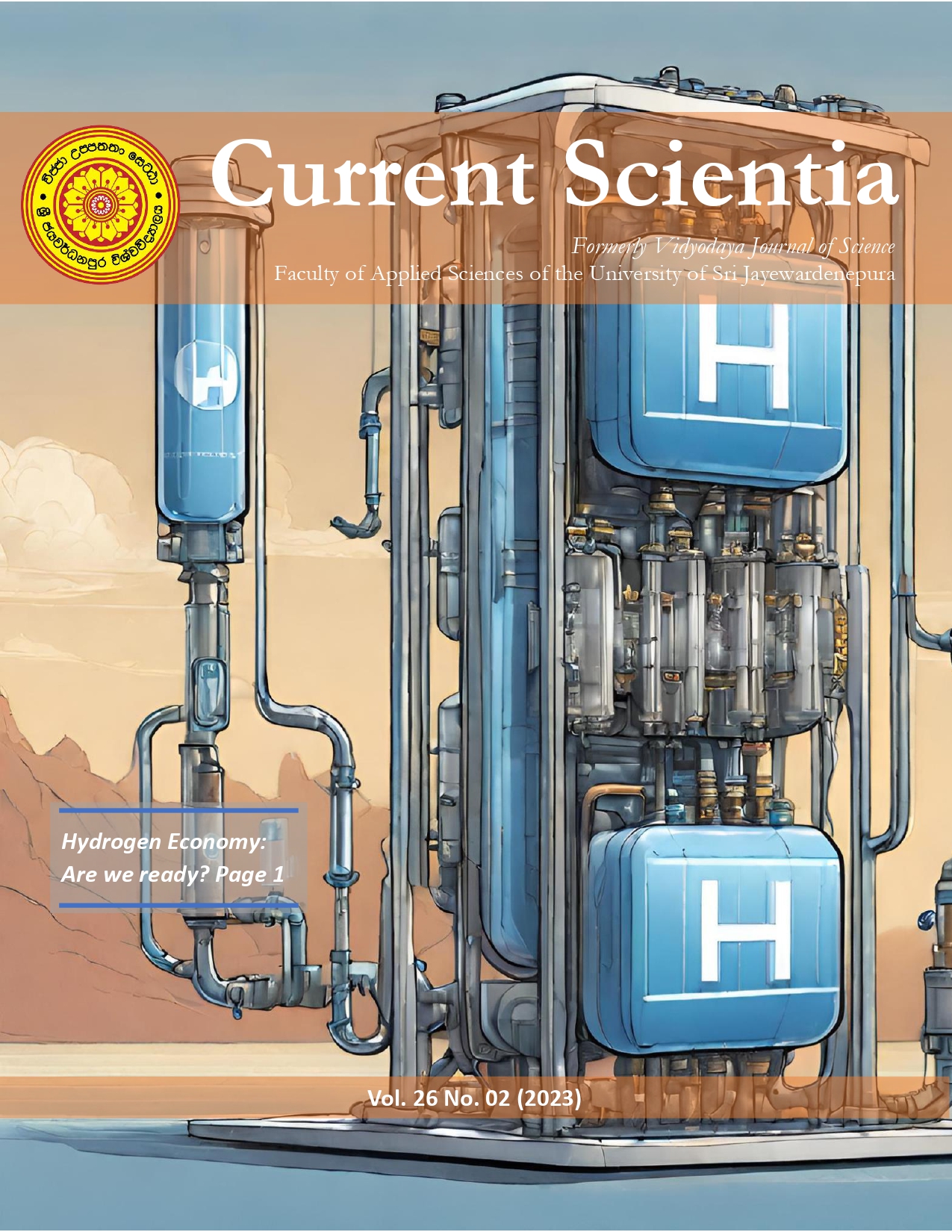Isolation, and characterization of Cladosporium alboflavescens for Acetaminophen biodegradation
DOI:
https://doi.org/10.31357/vjs.v26i02.6804Abstract
One of the pharmaceutical micropollutants with a detrimental effect on the environment is paracetamol. Mycoremediation of the pollutants is a widely accepted concept based on cost and eco-friendly nature. Fungi isolated from pharmaceutical industry effluent have been used to target the biodegradation of paracetamol. The fungus’s internal transcribed spacer (ITS 1) sequencing matched that of Cladosporium alboflavescens (GenBank accession number OQ977005) by 99.81%. The strain demonstrated 89% biodegradation of paracetamol (1000 ppm) after 96 hours of incubation with 4-aminophenol as the predominant biodegradative metabolite, according to the spectrophotometric and high-performance liquid chromatographic analysis. The half-life of 1.44 days and simple first order kinetics were proposed by the Computer Assisted Kinetic Evaluation (CAKE) tool used to examine
the biodegradation kinetics.
Key words: Acetaminophen, 4-aminophenol, Cladosporium, Mycoremediation




